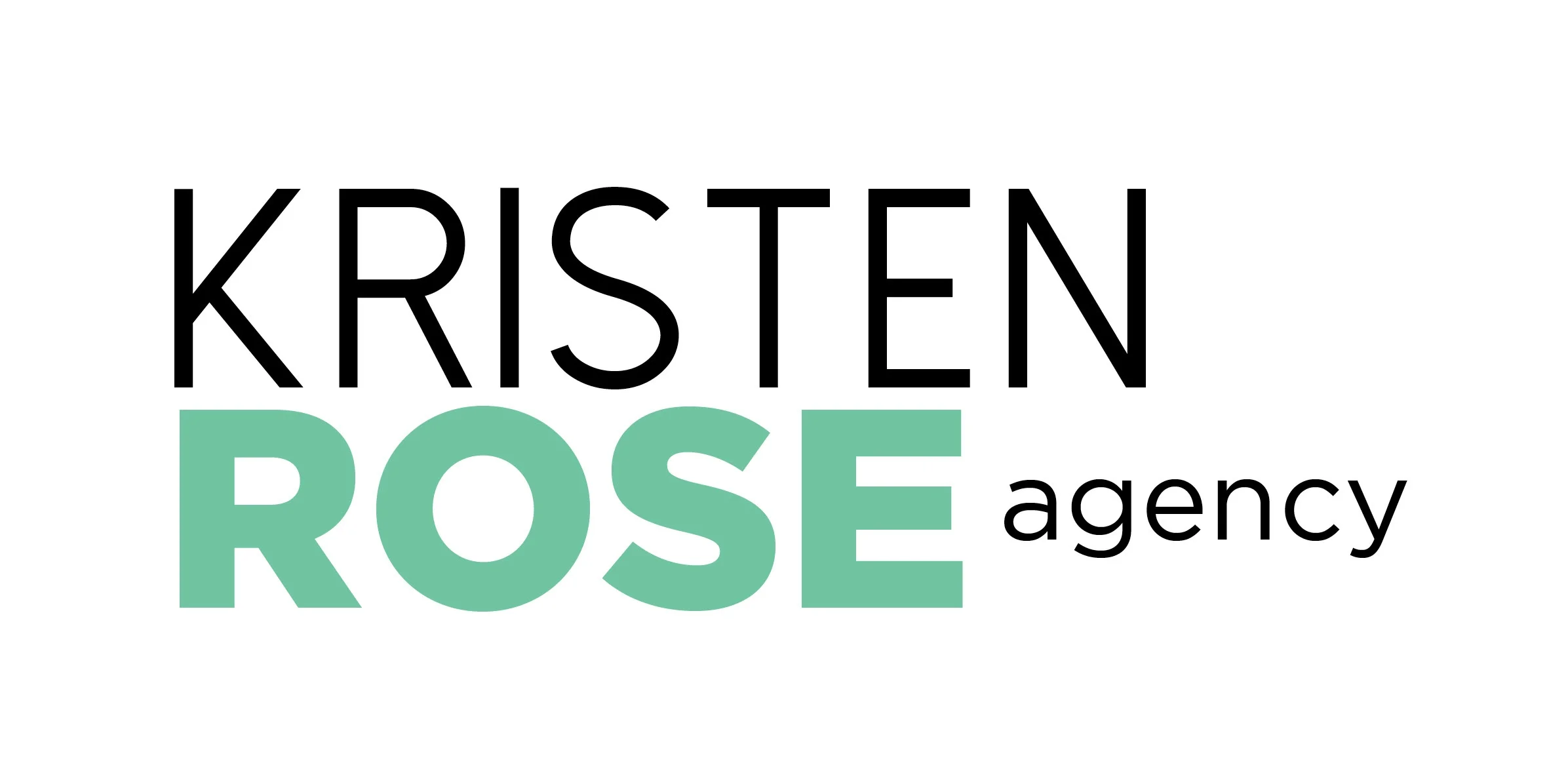How To Create A Crisis Communication Plan For Your Business
Despite what you may have heard, all press is not good press. That especially rings true when someone makes a very public mistake. And unfortunately, that seems to happen all too often these days.
Because social media is such a big part of our everyday lives, any mistake you or your business makes can make its way across the internet within seconds. Any backlash you may receive will be swift and widespread.
This is why it is imperative to have a Crisis Communication Plan in place as soon as possible. Because once a crisis happens, you need to act fast. But how do you create an effective plan that can help you navigate the crisis and begin to repair your image?
1. Identify Who Needs To Be Addressed
The first step you need to take is to identify the audience you need to address. It could be employees, current or potential clients, current or potential customers, investors, or even a group of the general public.
Once you identify the group you need to speak to, you need to contemplate how to speak to them. Each situation will raise different concerns that you will need to carefully address in a way that will provide assurance that you are aware of how and why you were wrong.
2. Address Your Mistake With Honesty And Clarity
Next, you will need to publicly address your mistake as quickly as you can. However, do not just throw out a statement for the sake of a quick response.
Take a little time to draft an honest and clear statement. Apologize if necessary, explain why you are apologizing, and who you are apologizing to. Make sure your statement is sincere and gets across the point you need to make. People CAN tell the difference between an apology for appearances and a genuine apology.
3. Monitor The Situation
Remember that the issue will not resolve itself overnight. Appoint someone to stay on top of how people are reacting to the issue. Have them search with keywords and hashtags to monitor the conversation. This way you can see first hand if you need to provide more information or pivot your response.
4. Make Any Necessary Business Adjustments
If the situation calls for adjustments, prepare and make them as soon as you can. Provide training and resources, hire a new team, fire an employee, etc.
Be transparent about your business adjustments. Inform your audience that you are taking steps. People want to see that you are learning from your mistakes and are making an effort to make sure it doesn’t happen again.
5. Leverage A Bad Situation For The Growth It Can Create
Remember that this crisis won’t last forever. The best thing you can do is realize that every mistake presents an opportunity. Your business can bounce back and even grow as a result of your mistakes and the actions you take afterward.
With the right plan in place, you will not only be prepared for a crisis whenever it strikes, but you will also be able to take control of the situation and use it to strengthen your core ethics and eventually, the relationship you have with your audience.


